Archives
- 2018-07
- 2018-10
- 2018-11
- 2019-04
- 2019-05
- 2019-06
- 2019-07
- 2019-08
- 2019-09
- 2019-10
- 2019-11
- 2019-12
- 2020-01
- 2020-02
- 2020-03
- 2020-04
- 2020-05
- 2020-06
- 2020-07
- 2020-08
- 2020-09
- 2020-10
- 2020-11
- 2020-12
- 2021-01
- 2021-02
- 2021-03
- 2021-04
- 2021-05
- 2021-06
- 2021-07
- 2021-08
- 2021-09
- 2021-10
- 2021-11
- 2021-12
- 2022-01
- 2022-02
- 2022-03
- 2022-04
- 2022-05
- 2022-06
- 2022-07
- 2022-08
- 2022-09
- 2022-10
- 2022-11
- 2022-12
- 2023-01
- 2023-02
- 2023-03
- 2023-04
- 2023-05
- 2023-06
- 2023-07
- 2023-08
- 2023-09
- 2023-10
- 2023-11
- 2023-12
- 2024-01
- 2024-02
- 2024-03
- 2024-04
- 2024-05
- 2024-06
- 2024-07
- 2024-08
- 2024-09
- 2024-10
- 2024-11
- 2024-12
- 2025-01
- 2025-02
- 2025-03
-
dpni br Adenosine as a mediator of procedures
2025-01-20
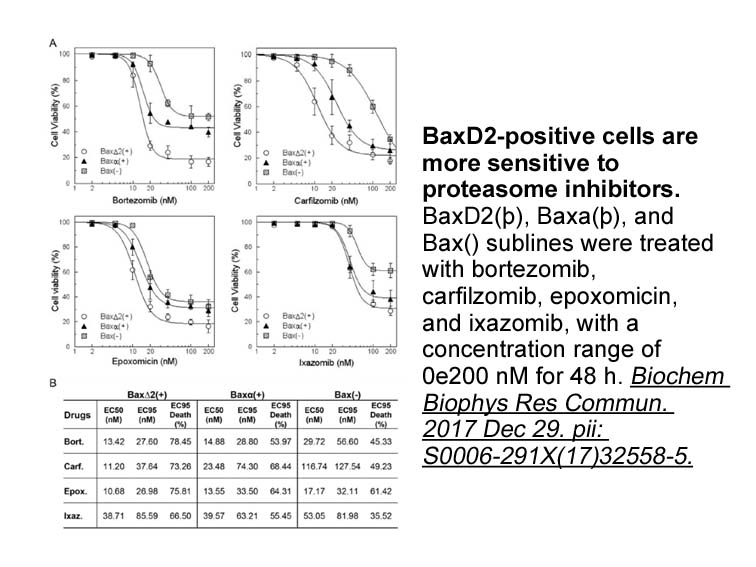
Adenosine as a mediator of procedures used to manage pain The issue of caffeine Caffeine, from dietary sources, is perhaps the most widely consumed behaviorally active agent in the world (Fredholm et al., 1999). Initial characterization indicated caffeine had a higher affinity at A1−, A2A− and
-
As an alternative to chronic receptor blockade we
2025-01-20
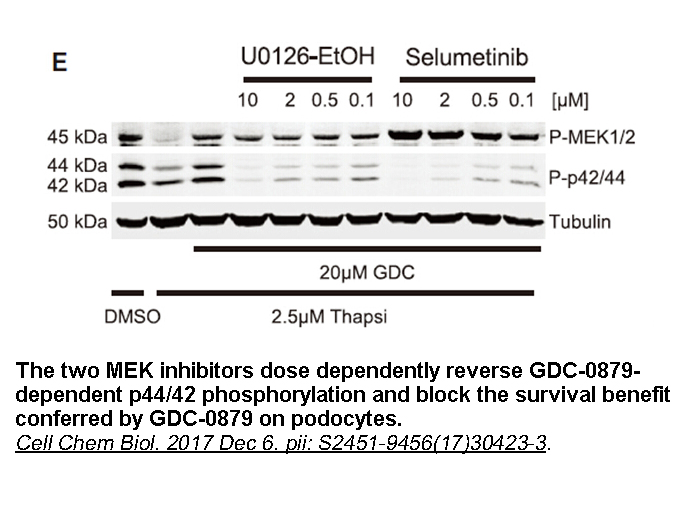
As an alternative to chronic receptor blockade, we have been targeting adenosine kinase (ADK) – an astrocyte-based enzyme that catalyses the phosphorylation of adenosine, as a means to modify PHA-767491 adenosinergic signalling (Boison, 2006, Etherington et al., 2009). Up-regulating ADK facilitates
-
The difficulty of characterizing nAChRs in the
2025-01-18
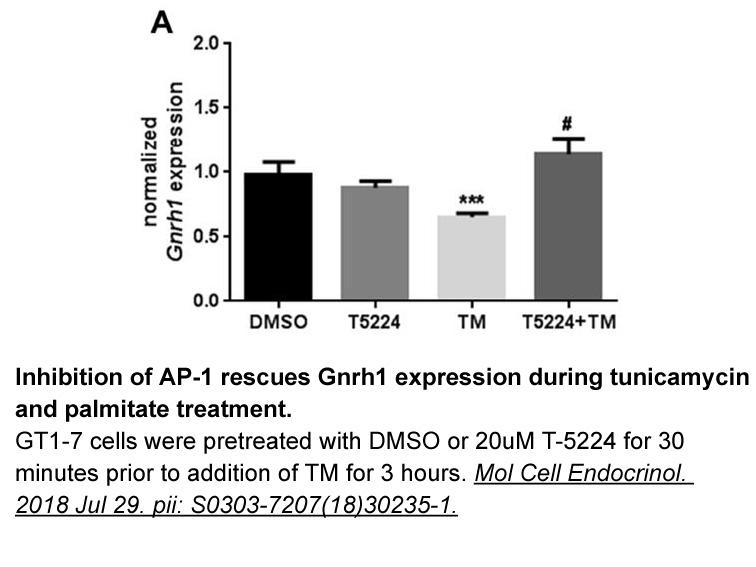
The difficulty of characterizing nAChRs in the central nervous system is also exemplified by early observations that nicotine caused no detectable effect when applied on a brain slice and it is only with the focal and high time resolution of more recent experiments that the effects of nicotinic neur
-
Caffeic acid dihydroxycinnamic acid is a natural compound th
2025-01-18
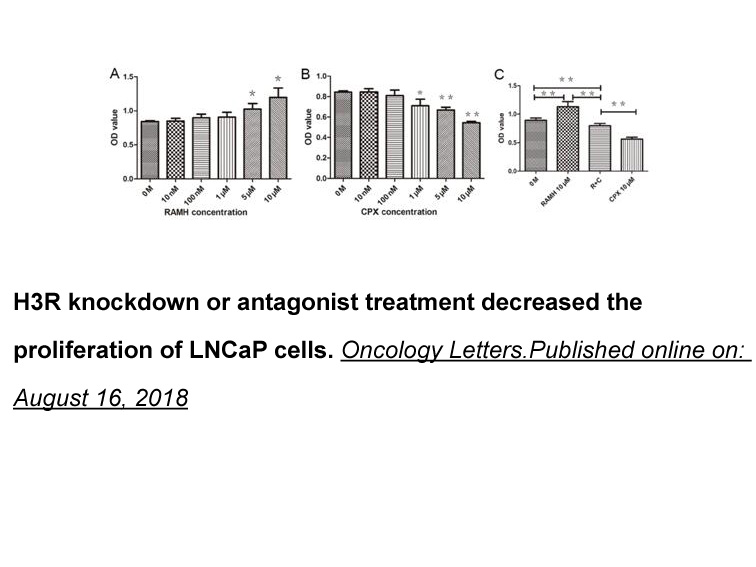
Caffeic Pulmonary hypertension inducer (3,4-dihydroxycinnamic acid) is a natural compound that inhibits 5-LO and exerts potent anti-inflammatory and antioxidant properties. Recently, Takeda et al. reported that caffeic acid provided neuroprotective and anti-depressive activities [23]. Sertraline, a
-
The first rationally designed dual mPGES LO inhibitor
2025-01-18

The first rationally designed dual mPGES-1/5-LO inhibitor was reported in 2008 and represents a structural derivative of pirinixic HIF-1α pathway blocker - a synthetic agonist of PPARα with lipid-lowering properties (Koeberle et al., 2008b). Further α-alkyl- and α-aryl-substituted derivatives have b
-
br The human CYP A gene is located on
2025-01-18
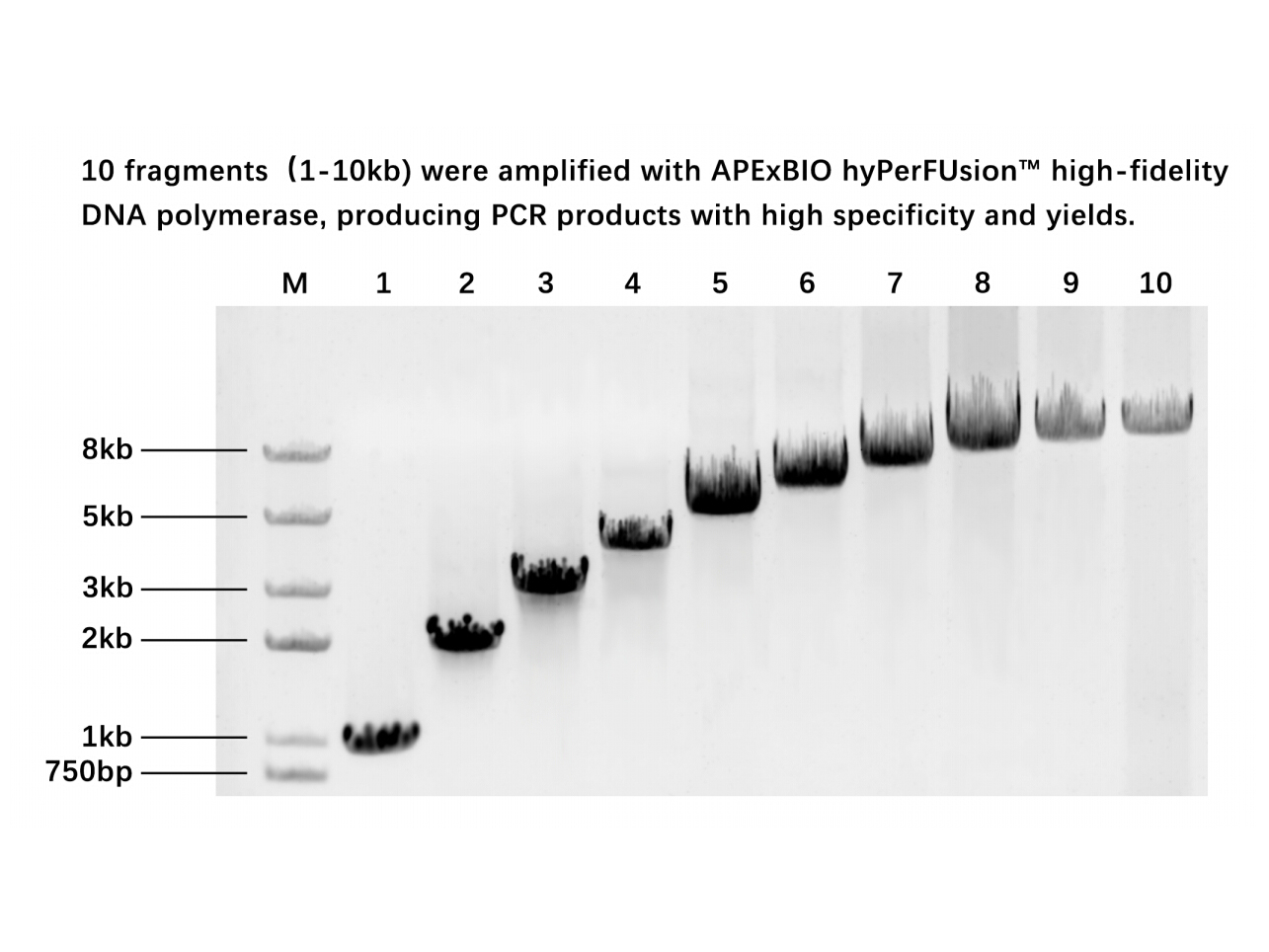
The human CYP17A1 gene is located on chromosome 10q24.3 (1) and spans 6.6 kb, which contain eight exons (2) and 1.6 kb of coding region. From this gene, the same 2.1-kb mRNA species is transcribed in both the adrenals and gonads (3), which yields a 57-kDa microsomal cytochrome P450c17 enzyme (CYP1
-
Tumor suppressor ARF regulates the activity of p by inhibiti
2025-01-18
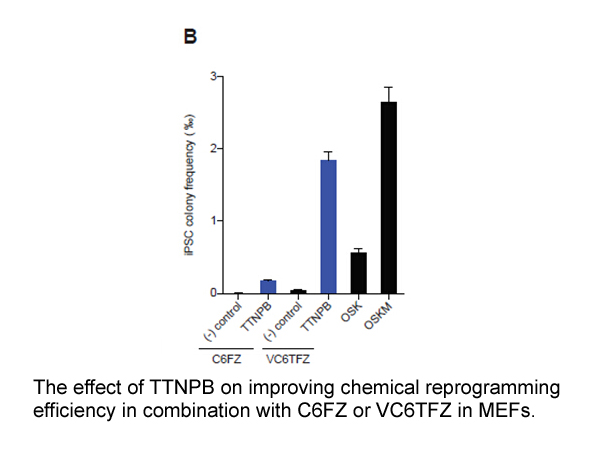
Tumor suppressor ARF regulates the activity of p53 by inhibiting the functions of Mdm2. ARF is induced by hyperproliferative signals emanating from oncogenic Ras, overexpressed c-myc, and from deregulated E2F . ARF prevents p53 degradation and leads to increased p53 function by sequestering Mdm2 to
-
br Conflict of interest statement br Funding br Acknowledgme
2025-01-18

Conflict of interest statement Funding Acknowledgments We thank the team at Medical and Collider-Accelerator Departments at BNL and for their support at NSRL. We thank Dr. Janice Pluth and Professor Peter O’Neill for useful discussions related to our work. Introduction The DNA damage re
-
br Introduction Increased renin angiotensin system RAS activ
2025-01-18
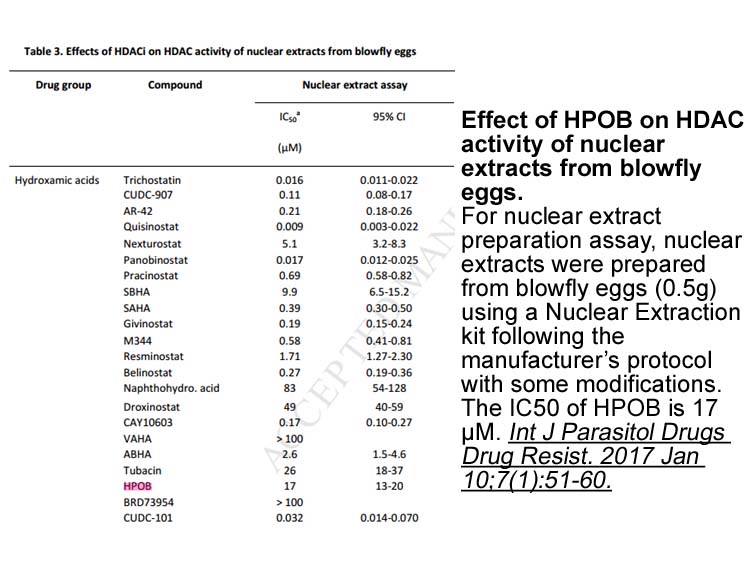
Introduction Increased renin-angiotensin system (RAS) activity and inflammation in cardiovascular-related regions of the central nervous system contribute to the overactivity of neurohumoral systems that promote volume retention, cardiac remodeling and serious cardiac arrhythmias in systolic hear
-
Interestingly we found that co treatment with losartan preve
2025-01-18
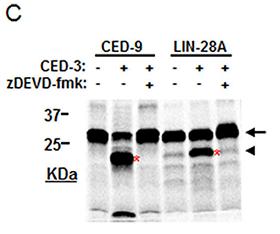
Interestingly, we found that co-treatment with losartan prevented the increased participation of ROS from NADPH oxidase on the contractile response to Phe observed in Hg-treated rats. Moreover, losartan also prevented the reduction in the endothelial NO modulation of this response found in treated a
-
Negative regulation of AR expression by NF B
2025-01-18
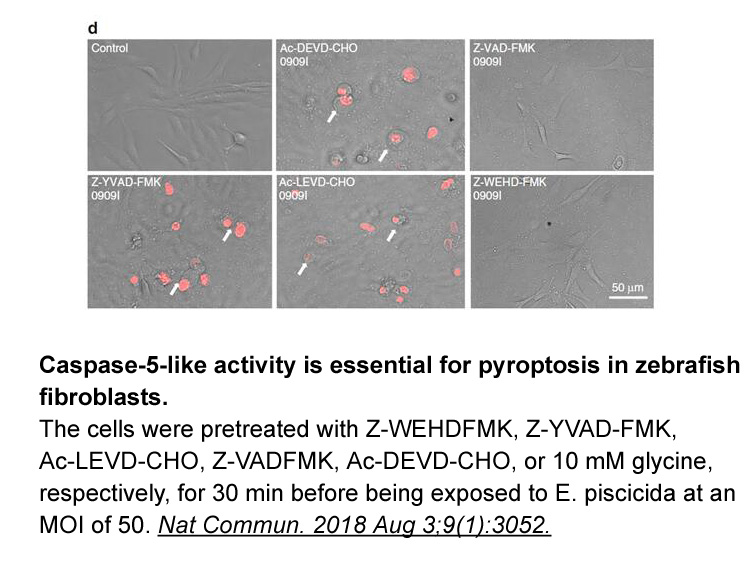
Negative regulation of AR expression by NFκB was also correlated with the ‘age-dependent desensitisation’ of androgen action in the rat liver (Supakar et al., 1995). In this case the binding site was mapped upstream of the gene to sequences −555 to −565 bp, that binds heterodimers of p65 and p50, a
-
In the presence of detrimental conditions such as inflammati
2025-01-17
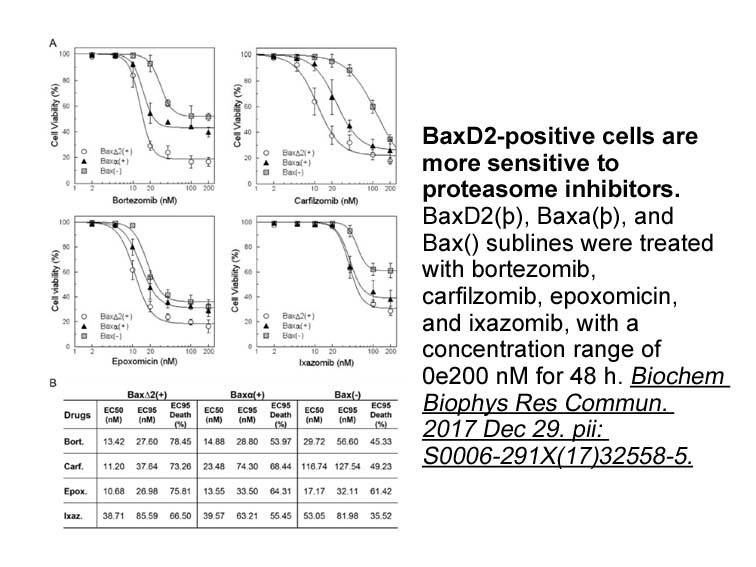
In the presence of detrimental conditions, such as inflammation, hypoxia, ischemia trauma or neoplastic milieu, the extracellular levels of adenosine increase massively, reaching micromolar range [51,52]. In these pathological contexts, adenosine accumulation stems from increased extracellular depho
-
Language emerged among the Ach through the influence
2025-01-17
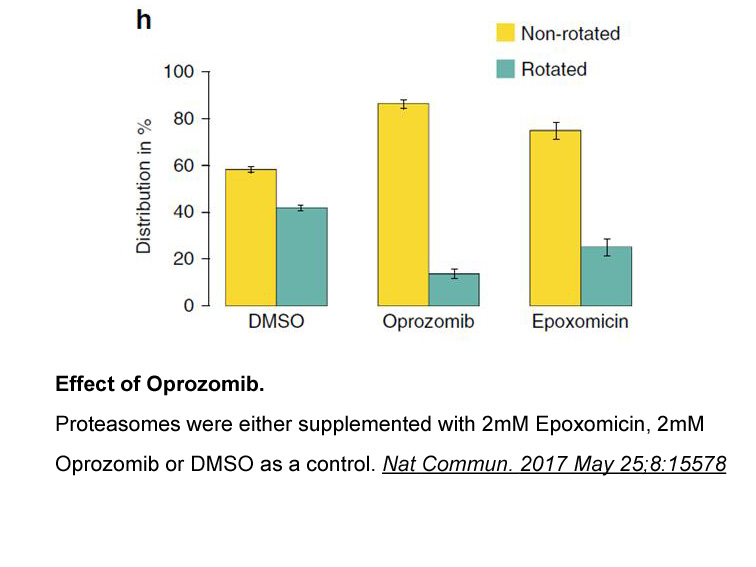
“Language” emerged among the Aché through the influence of colonizers, missionaries, Bible translators, activists, anthropologists, the media, and the State. As an object, it now circulates in books, cellphones, political debates, at cultural events, on the radio, and even the Internet. It emerged a
-
Compounds were profiled for their
2025-01-17
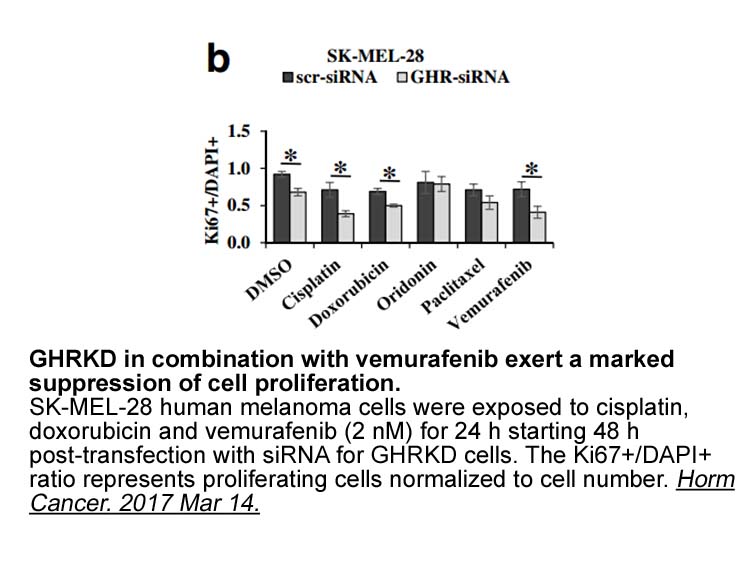
Compounds – were profiled for their inhibitory activity against dipeptidyl peptidase-IV Activity and/or Structure Homologues (DASH) [e.g. DPP2, DPP8 and DPP9] and non-DASH [eg. post-proline cleaving enzyme (PPCE), neutral endopeptidase (NEP), aminopeptidase P (APP), aminopeptidase N (APN)] enzymes.
-
Axl has been reported to mediate cell cell adhesion
2025-01-17
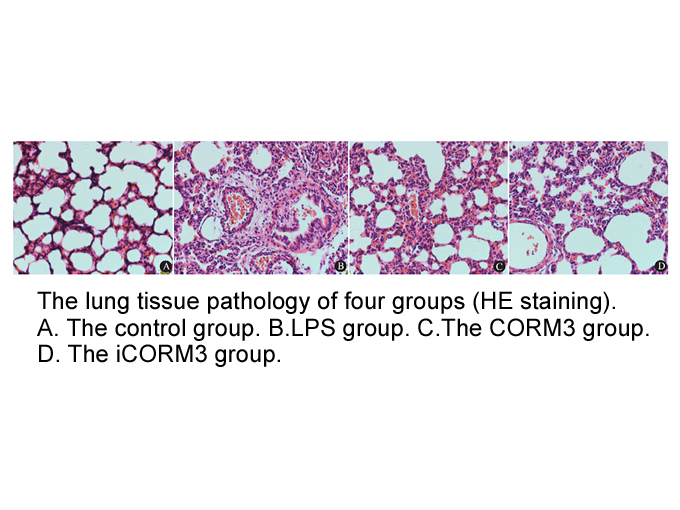
Axl has been reported to mediate cell-cell adhesion and sphere-growth [11], [18] and to be important for metastasis to secondary organs [12], [14], [20]. We found an Axl-dependent CCRCC-ability of sphere-formation and repopulation after non-adhesive growth. Axl-inhibited cells could not attach to e
16303 records 20/1087 page Previous Next First page 上5页 1617181920 下5页 Last page